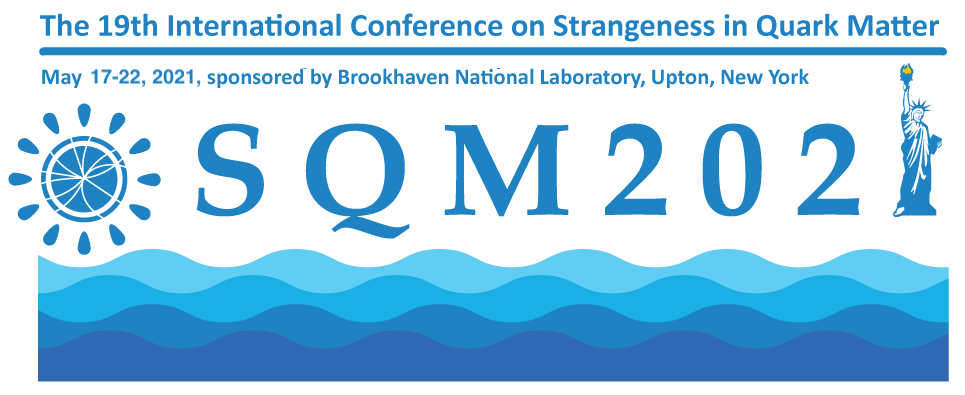Speaker
Description
The production of quarkonia is one of the first proposed probes of the QGP properties in heavy-ion collisions. Since heavy quarks are produced during the early hard partonic collisions, they experience the entire evolution of the fireball. The suppression of quarkonium bound states by the free color charges of the dense deconfined medium, as well as the charmonium regeneration by (re)combination of charm quarks at the QGP phase boundary or through the fireball evolution, are sensitive to the medium properties. Furthermore, a modification of the quarkonium vector states polarization in Pb-Pb collisions with respect to pp collisions may give insights on quarkonium suppression and regeneration mechanisms in the QGP. Quarkonia are also sensitive to the initial state of heavy-ion collisions and could help constraining the nuclear gluon distribution at low Bjorken-x, in photonuclear collisions. In this contribution, we will report on the recent ALICE measurements of the J/$\psi$ $R_{\rm AA}$ as a function of centrality/$p_{\rm T}$, and on final J/$\psi$ $v_{2}$ results, at both central and forward rapidity, using the full Run 2 Pb-Pb data sample. The final $\Upsilon$(1S) $R_{\rm AA}$ and $v_{2}$, $\Upsilon$(2S) $R_{\rm AA}$, and J/$\psi$ $v_{3}$ measured at forward rapidity will also be shown. We will also report on the first measurement of the J/$\psi$ polarization in Pb-Pb collisions as a function of centrality/$p_{\rm T}$ and provide prospects for measurements as a function of the event plane. Finally, the recent coherent J/$\psi$ photoproduction cross section measurement in Pb–Pb collisions with nuclear overlap at √s$_{\rm NN}$ = 5.02 TeV, which extends previous measurements towards more central collisions, will be shown considering the full Run 2 data sample. The aforementioned results will be compared and confronted to theoretical model predictions.
| Collaboration | ALICE |
|---|
